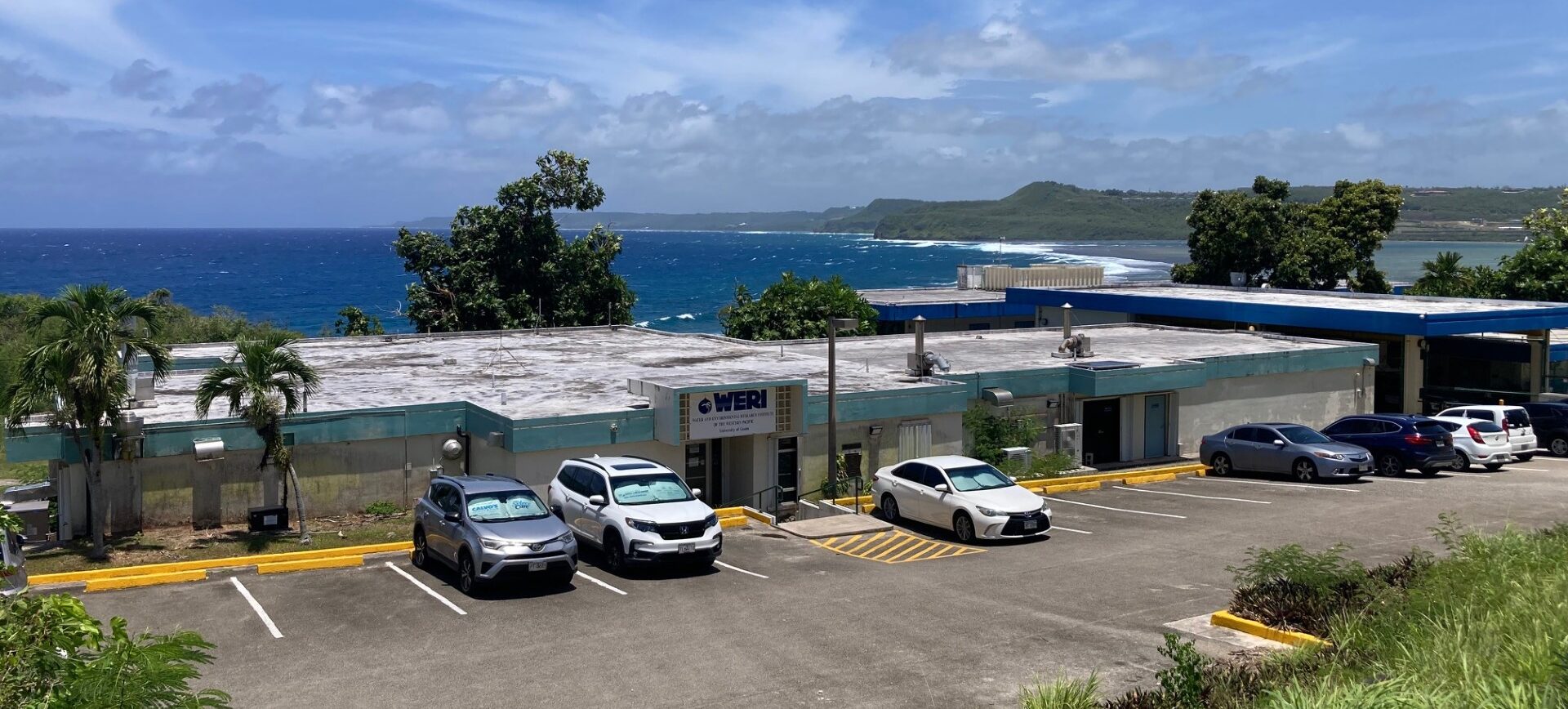- PICRC staff
- Research
PICRC Researcher Learns How to Analyze Fish Otoliths in Guam
PICRC researcher, Christina Muller Karanassos attended a 4-day Life History workshop at the University of Guam’s Marine Laboratory at the end of May 2024. This workshop was led by Dr. Brett Taylor and focused on analyzing and processing otoliths, which are used to determine the age and growth rates of fish.
Otoliths, commonly known as ear stones, are found inside the heads of bony fish, situated behind the eye and directly below the brain. Otoliths allow fish to hear and sense vibrations in the water and assist with balance to better help orientate themselves. Fisheries scientists examine otoliths and count the number of visible opaque bands, just as one would count growth rings in a tree. This data helps scientists monitor, assess, and manage fish stocks.
Through the workshop, Christina learnt the importance of collecting otoliths and how to process, read and age the samples. This included how to section otoliths and mount the samples onto slides for analysis. She also learnt how the data can be used to estimate life history parameters such as growth rates and how old fish are when they mature. These parameters are used to help assess the stocks of reef fish and ultimately inform management.
Christina also had the opportunity to process 40 longnose emperor (melangmud) samples, which were collected in Palau for an ongoing project on this species. Christina hopes to continue analyzing otoliths and gonads from the longnose emperor and PICRC is planning to collect samples from other reef fish species to gain a better understanding of their life histories. Limited life history research has been done in Palau, which highlights the importance of collecting and analyzing these samples. “The knowledge gained in this workshop will be shared with members of the research team at PICRC, and we recently purchased the equipment to process our own samples,” said Christina.
The skills and knowledge gained by Christina will contribute to the wider efforts in managing reef fish populations in Palau. “Overall, this workshop was very informative and getting hands-on experience was very useful for us to be able to process and analyze our own samples at PICRC in the future,” said Christina.
This opportunity was made possible with funding provided by the Marine Institute in Galway and Irish Aid/Department of Foreign Affairs through the Our Shared Ocean Program.


